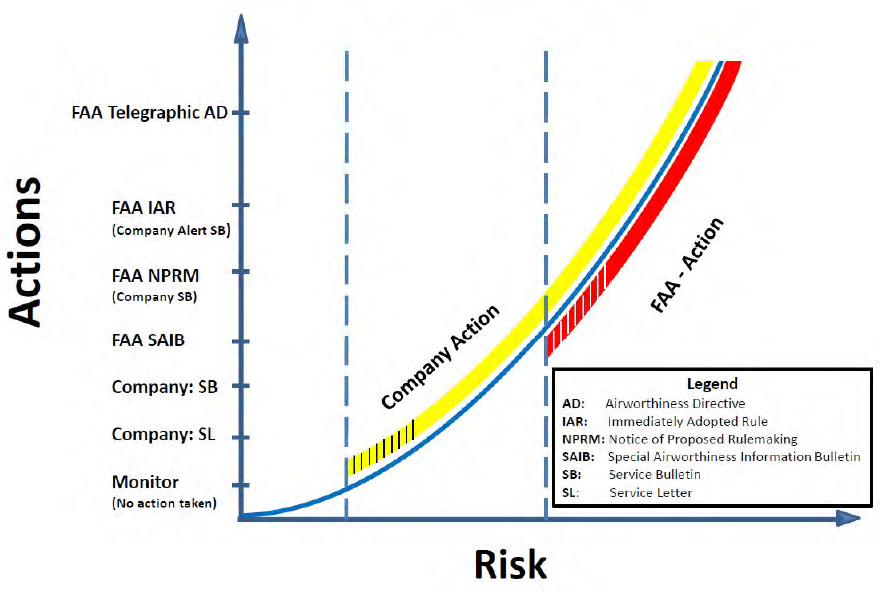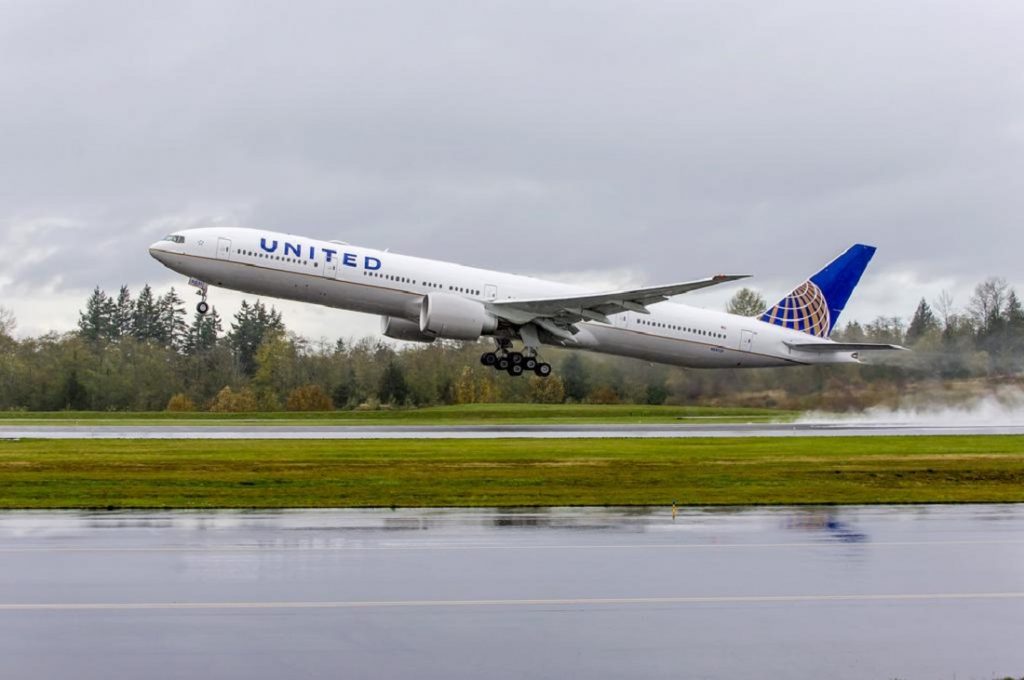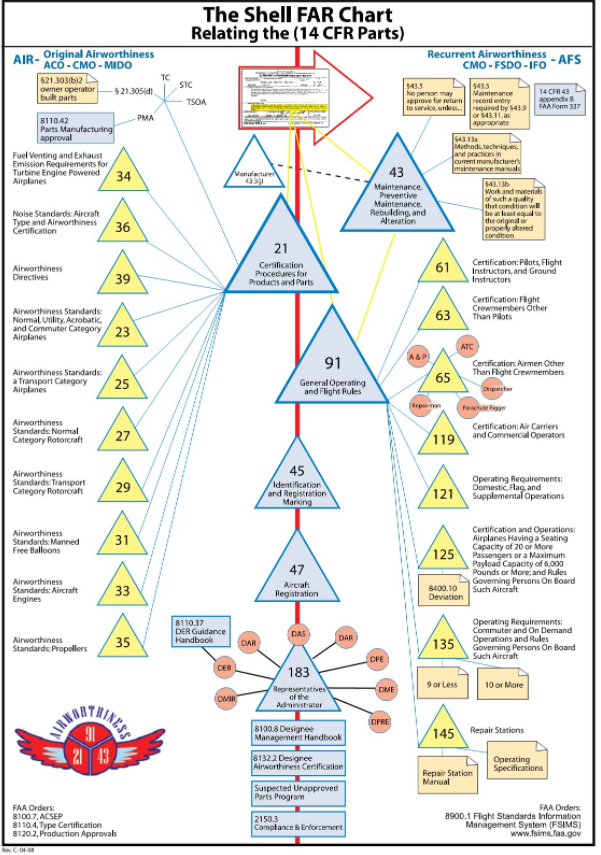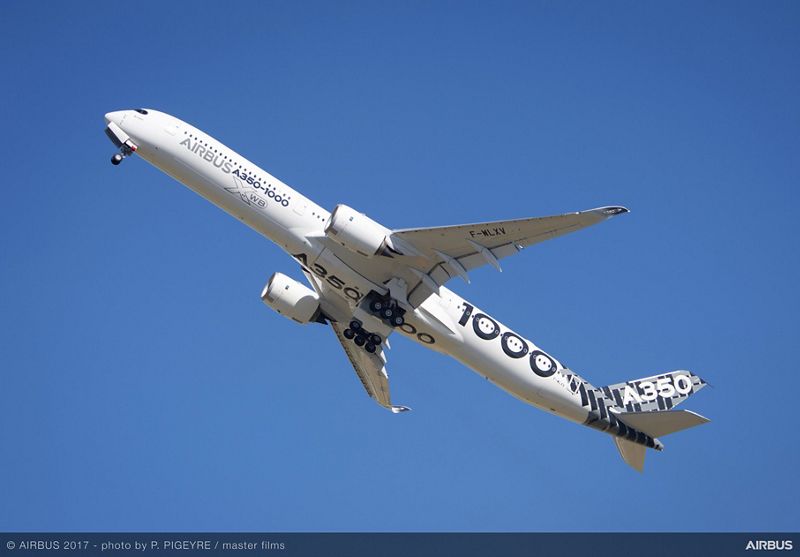Leeham News and Analysis
There's more to real news than a news release.
Pontifications: Embraer’s strategy for the TPNG
Oct. 18, 2021, © Leeham News: It was October 2015 when Bjorn Fehrm and I first went to Sao Jose de Campos to visit Embraer’s headquarters. Among the topics discussed then was the prospect of developing a new turboprop airliner. The E2 program was well underway and one day, Embraer’s engineers would need something else to do.
At the time, officials weren’t enthusiastic about a turboprop. The cost to develop one was estimated to be about $2.5bn, about the same as the E2, they said. But the market was much smaller, only about 2,000-2,400 airplanes over 20 years.
Much has changed in six years. The E2 program is all but finished, with only the E175-E2 left. Periodic performance improvement packages will be developed. The proposed joint venture with Boeing, in which Embraer’s engineers were going to play a big role in two new airplane programs, is dead.
EcoAviation demands have risen to the forefront. Bombardier exited the Q400 turboprop business and the buyer, Longview Aviation Capital, “suspended” production during the COVID pandemic. Few believe it will be restarted. Airbus, which owns 50% of ATR, made hydrogen power a top priority. ATR may be the vehicle through which initial development is sold as a turboprop.
Air freight demand explosion: a long-term trend?
Subscription Required
By Judson Rollins
Introduction
October 18, 2021, © Leeham News: Much ink has been spilled over the surge in demand that has washed over every corner of the cargo world: air, sea, road, and rail.
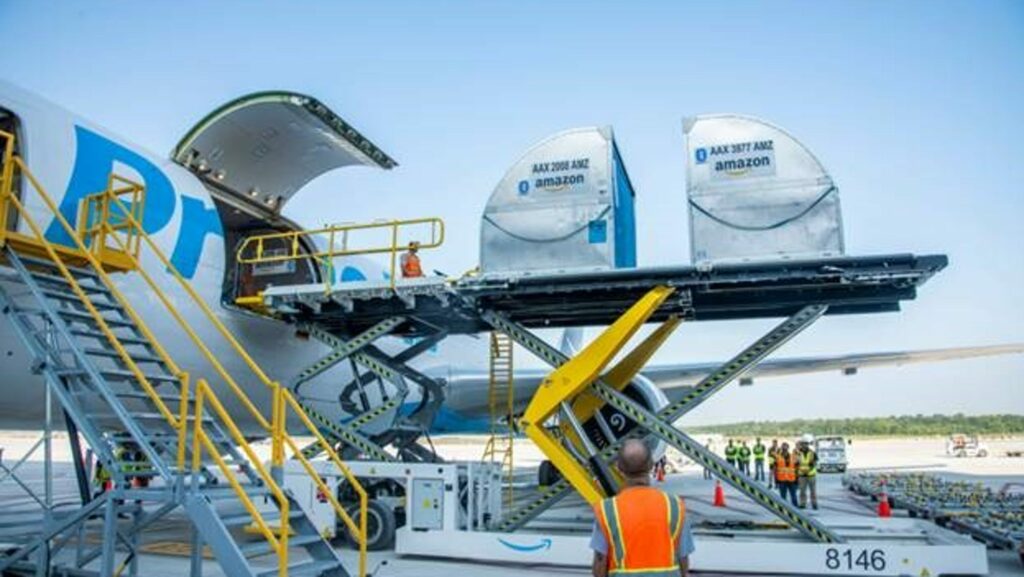
Amazon Air’s first parcels being unloaded at Amazon.com’s new Cincinnati (US) sort hub. Source: Amazon.com.
Before the COVID-19 crisis, air transport was reserved primarily for items with high value and/or time sensitivity, such as laptop computers or express documents. And growing competition in the cargo market meant that average yield (revenue per ton-mile) was declining by more than 2% per year, according to past editions of Boeing’s World Air Cargo Forecast.
But now the cost of sea transport has exploded, shifting a significant chunk of cargo from ocean freighters to their airborne equivalents. This is driving some retailers to use air transport. Home Depot, an American home-improvement retailer, is resorting to air freight to bring in smaller, higher-value items like power tools that it needs to keep on the shelves at all times.
Even before COVID-19, a growing share of air freight has come from e-commerce — thereby shifting the volume-to-weight considerations relative to “traditional” freight.
Will these trends continue even beyond the COVID crisis? And what impact will it have on the market for factory-built freighters and passenger-to-freighter (P2F) conversions?
Summary
- Soaring sea freight yields mean small shipments are now more economic by air than sea.
- Volumetric capacity matters more than max gross weight.
- New freighter options will compete with a glut of conversion feedstock.
- Air freight yields will eventually revert to historical trendlines in most regions.
Bjorn’s Corner: The challenges of airliner development. Part 25. Safety monitoring and reporting
October 15, 2021, ©. Leeham News: Last week, we introduced the activities around Continued Airworthiness that we have to do during development and flight testing of our aircraft.
As described, the majority of accidents for aircraft are attributed to failings in Continued Airworthiness and Operations rather than design. We listed Continued Operational Safety, Operational Preparedness, and Service Readiness as the three important areas for Continued Airworthiness.
We dive into Continued Operational Safety first, specifically Safety Monitoring and Reporting.
With high cargo prices, will airlines fly larger aircraft in their widebody fleets?
Subscription Required
By Bjorn Fehrm
Introduction
October 14, 2021, © Leeham News: Over the last weeks, we’ve seen that the present cargo crunch and high yields will influence what aircraft variants airlines purchase. Models that are too large passenger-wise for years to come will be paid for by a longer belly that can take more cargo.
This trend will remain as long as cargo prices are high. Will the high cargo yields also affect what aircraft to keep stored and which to fly of an existing fleet? We apply the analysis to an airline with a fleet of Boeing 777s.
Summary
- The increased yields for air cargo changes the fleet planning for the widebody fleet. The most suitable passenger models stay in the desert, and the longer siblings fly despite lower load factors.
The Regional Aircraft Fleet
Subscription Required
By Vincent Valery
Introduction
Oct. 11, 2021, © Leeham News: The regional aircraft market, defined as aircraft seating 100 or fewer passengers in standard configurations, has fewer OEM players than before.
The Bombardier CRJ, purchased by Mitsubishi Heavy Industries, ceased production earlier this year. De Havilland Canada will stop Q400 production later this year once it clears its backlog. Both programs might not start production again in the future.
The only latest-generation design, the E175-E2, does not have a single firm order. (There is a conditional order for 100 from the USA’s SkyWest Airlines.) MHI’s SpaceJet development has been “suspended,” but nobody believes it will be restarted.
Therefore, the only regional aircraft in production for the near future will be ATR’s 42 and 72 series, COMAC’s ARJ21, Embraer’s E175-E1, and UAC’s SSJ100.
The ARJ21 and SSJ100 are almost exclusively in service in their respective domestic markets. In practice, that leaves only the ATR42, ATR72, and E175-E1 as new regional aircraft in production for most operators from next year.
However, it is far from guaranteed that ATR and Embraer will enjoy near-monopoly status for the foreseeable future. Embraer has been pondering the launch of a turboprop program for years and is currently looking for an industrial partner.
One also must mention that potential jet fuel alternatives, notably hydrogen-powered aircraft, are likely to come to the regional market first. Therefore, the regional aircraft market could see some significant changes.
With the above in mind, LNA thought it relevant to look at the in-service regional aircraft, both for regional jets and turboprop aircraft.
Summary
- Segmenting the regional aircraft market;
- Regional jet and turboprop prevalence;
- Breakdown by OEM and operator region;
- Age of in-service fleet.
Pontifications: Biofuels, hydrogen, batteries are nice but far in the future. Solution exists now.
Oct. 11, 2021, © Leeham News: EcoAviation was the Number One topic at the Oct. 3-5 IATA AGM in Boston.
IATA, the International Air Transport Assn., set a number of lofty goals to remove carbon emissions from commercial aviation by 2050. Interim goals were also set.
Tim Clark, the president and COO of Emirates Airline, didn’t mince words about these goals.
“People are expecting us… by the end of this decade, to take out 40% of our emissions… We are in la la land if you think we are going to do this,” Flight Global reported.
Bjorn’s Corner: The challenges of airliner development. Part 24. Parallel Activities
October 8, 2021, ©. Leeham News: Last week, we described how we conduct the Certification Flight Test together with the Regulator.
Before we describe our path to completion of our flight test program, we need to pause for a minute and discuss some of the other parallel activities that need to come together prior to issues of Type Certificate and roll out of production aircraft.
In article 3 you’ll recall we reviewed the breadth of regulatory involvement in aircraft development. While the work on the design and initial airworthiness (on the left in the chart below) is critical, it’s not the only set of rules we need to be working with if we want to achieve a successful Entry Into Service (EIS) of the aircraft.
In Part 21 of our series we already discussed the preparation of the production system. In the next few articles, we’ll be discussing three additional areas of work that we’re engaged in that must all come together at the program’s completion:
Is the cargo capacity deciding the airliner variant? Part 3.
Subscription Required
By Bjorn Fehrm
Introduction
October 7, 2021, © Leeham News: In last week’s article, we could see today’s high cargo prices can motivate a 325 seat Airbus A350-900 even though the passenger load on the routes would point to a 240 seat A330-800.
How far does this “paying for a larger aircraft with belly cargo” paradigm go? Today we see if Airbus’ largest aircraft, the A350-1000, can generate the margins of the A350-900 on freight-rich routes. Can an airline that has an A350-900 sized passenger demand for such routes go to an A350-1000 instead?
Summary
- The increased yields for air cargo leads to surprising effects. Oversized passenger models can survive the passenger drought on today’s international routes as long as it’s a route with good freight demand.
Pontifications: Upping the game in eco Aviation
Oct. 4, 2021, © Leeham News: The pressure to reduce greenhouse gas emissions by the commercial aviation industry continues to increase.
Two weeks ago, Airbus hosted a day-and-a-half media event promoting its vision of moving toward decarbonizing aviation.
Boeing and Alaska Airlines last week hosted media for a touchy-feely event following up on the announcement in June by Boeing and Alaska of its joint ecoD (as Boeing calls it) program.
Boeing in October outlined progress of its ecoDemonstrator program, at the time with Etihad Airways as the partner. A 787-10 was used at that stage.
Mike Sinnett, Boeing VP of Product Development, said last week that the Alaska 737-9 MAX that is the focus of the current ecoD effort includes several ideas that would not make it into test on a stand-alone basis. But as part of a larger effort, little things that cumulatively can reduce drag and therefore fuel burn can be tested.
IATA AGM: Airplanes, engines SAF capable coming; feedstock lags by years
Subscription Required
By Scott Hamilton
Introduction
Oct. 4, 2021, © Leeham News: Engine and airframe makers are well on their way to becoming fully capable of using Sustainable Aviation Fuel (SAF). But the industries providing SAF are way behind in meeting the potential demand.
Rick Deurloo. Sr. VP & Chief Commercial Officer at Pratt & Whitney said one major US airline would use all currently available SAF in one day.
“The challenge will be the feedstock. How do we grow that technology or grow that ability to provide the feedstock so when we do have 100% SAF-capable aircraft and engines, we have the energy to go with it?” Deurloo said in an interview with LNA at the IATA AGM this week in Boston.
Airlines around the world are partnering with different companies to develop this technology, he said.
PW is already 50% capable and has a “clear path” to getting 100% capable within two years. But there is not enough feedstock in the world today do fill the 50% capability.




